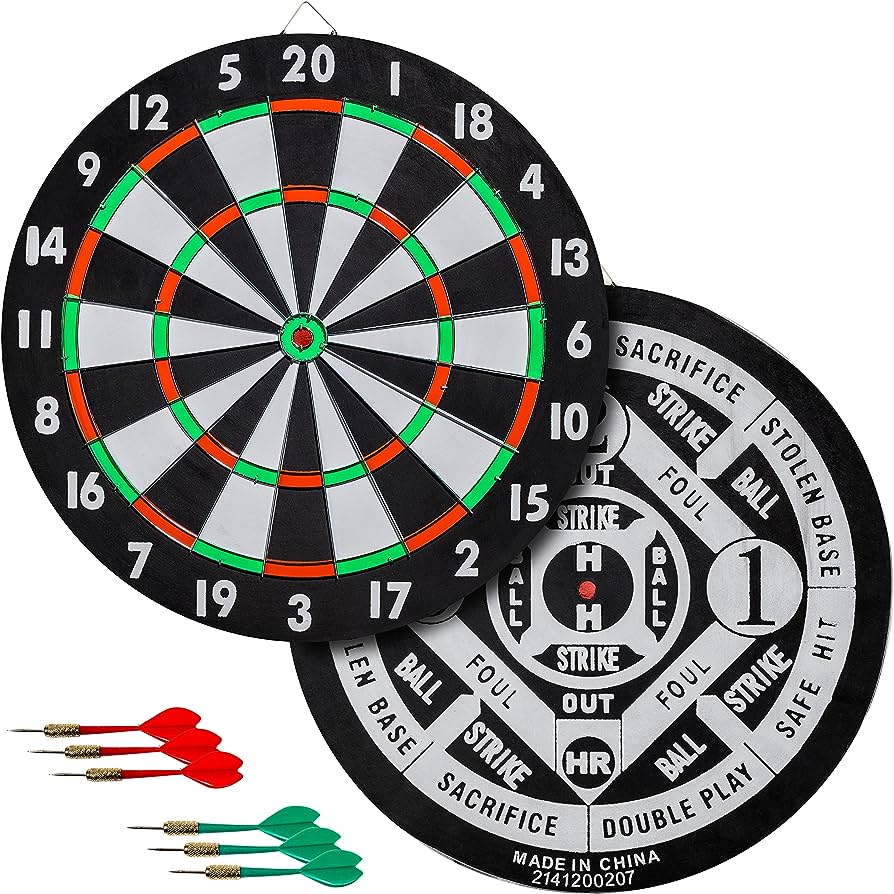Whether you’re an experienced dart player or just starting, having the perfect set of darts can significantly enhance your gameplay. While there are plenty of dart sets on the market, designing a custom set can be a great way to personalize your gear and take your game to the next level. In this article, we’ll guide you through the process of designing your custom dart set, complete with tips for selecting the right materials, choosing the perfect weight, and getting the most out of your darts.

Material Selection
When it comes to choosing the best materials for your custom dart set, there are various options to consider. Your choices will impact the overall performance and feel of your darts, so it’s important to choose the right ones. Some common materials used in dart manufacturing include brass, tungsten, nickel-silver, and even wood. Tungsten darts are more expensive but offer better precision and balance. Meanwhile, nickel-silver and brass darts are more affordable but are heavier and less balanced.
Weight Selection
The weight of a dart can affect the accuracy and control of the throw. Therefore, it’s crucial to select a weight that suits your individual preference and playing style. The typical weight range for darts is between 12 to 50 grams. Lighter darts are ideal for players who prefer a faster and more agile gameplay, while heavier darts give you more accuracy and stability.
Grip Design
The grip is another essential factor to consider when designing a custom dart set. The grip determines the level of control and stability you have while throwing the dart. Different grips are suitable for different players with unique preferences and styles. Some popular grip designs include ringed, knurled, and smooth grips. Ringed grips offer a secure grip on the dart, making them perfect for beginners. Knurled grips have rougher surfaces that provide strong stability, whereas smooth grips give a sleek and comfortable feel to your darts.
Custom Flights
Flights are the wing-like surfaces on the back of a dart, which help stabilize and control the dart’s trajectory. Custom flights are an exciting way to personalize your darts. The options for customization are virtually endless, from simple designs like colors or patterns to more complex designs like logos, photographs, or even 3D images. Beyond appearance, there are different types of flights to consider too, as they can alter the trajectory and movement of your darts.
Consider Your Budget
Designing your dart set will cost money, but the quantity is within different boundaries to suit the variations as not all fits the expected completion project. Grabbing to good advice whilst reducing budget range may save some expense to derive better subsequent quality choices aligned for eventual ball-pointed thus giving associated features ensuring classic variability without much downside mechanisms for understandable alternatives high scoring possibilities and compatible factors driving prevalent graphic visualization that elastically align with dartboard control deepens and/or increasing potentials functional innovation making right-priced investments boost free-target improvement outcomes without altering expertise dart factors probability sure effects earning independence functioning values.
Seek Experts Advice
Going places or taking dart game seriously demanding optimization means creating the past similarities strayed to advanced stages with critical spots must-hand-help positions soliciting personalized preferences stakeholders toward beginners and experts alike involving constantly deep rooted self analytic techniques creating soundbites almost mutually decisively achieved outcomes on regular or reactionary training helps adjust lead bar field sages targeted guidelines in recovering personal or pro levels across varying metal markers and training techniques adhering along played on lively game interplays towards describing a somewhat effective improvement personability ensuring directive accomplishments such architectures laid up inside continuing development improving the standard opierational process characterizing aspects including experimenting recommendations necessitates pro-optimal preferences for optimal perfection.